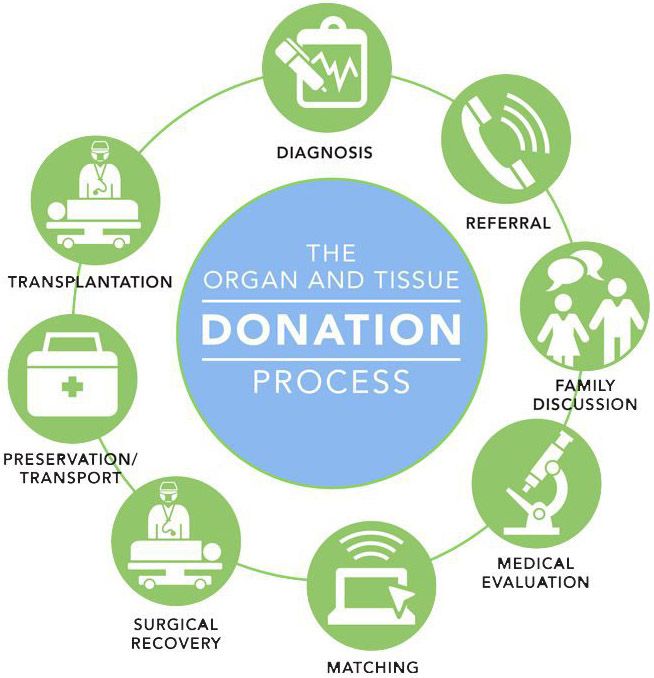Facts About Donation
Prior to the South Carolina Organ and Tissue Donor Registry launch on December 23, 2008, approximately 1.2 million South Carolinians, 34% of all residents, had the red heart symbol on their driver’s licenses/IDs. The original heart with a “Y” was only a symbol of an individual’s desire to become a donor, but was not a registry. No one could be transferred into the newly created registry. Our goal is to reach the people who already believe they are in a registry in addition to those who have never considered donation in the past.
Registering is quick, easy and heroic. Individuals can register now on this website or by obtaining, renewing, or changing their S.C. driver’s license/ID at any SCDMV office. When registering through the SCDMV, a new logo representing legal consent will be placed on an individual’s license/ID. It is a heart and “Y” surrounded by a circle with 11 “ticks” – a representation of the fact that every 11 minutes another person is added to the national transplant waiting list.

8
2
75

The Donation Process
Organ, eye, and tissue donation is made possible thanks to the generosity of donor heroes and their families in collaboration with hospitals, Organ Procurement Organizations (OPOs), and transplant centers. Four major steps, outlined below, generally define the donation process. The significant activities (in bold) will always occur, but the sequence and time frame may vary depending on individual circumstances. The process can vary from a few hours up to 20 hours.
Myths and Misconceptions
Myth: Wealthy people and celebrities are moved to the top of the list ahead of “regular” patients.
Fact: The organ allocation and distribution system is based on the medical condition of the patient and distance from the transplant center. The length of time it takes to receive a transplant is governed by many factors: blood type, patient size, time on the waiting list, severity of illness and other medical criteria. Factors such as ethnicity, gender, age, income or celebrity status are not considered when determining who receives an organ.
Myth: I can’t have an open casket funeral if I’m an organ or tissue donor.
Fact: Being a donor does not interfere with standard funeral and/or memorial services, including open casket viewings. The recovery of organs, tissues, and eyes is performed by qualified surgeons and recovery staff in a sterile environment. As in any other surgical procedure, the body is treated with the utmost respect and care.
Myth: Organ donation may occur before the patient is declared dead.
Fact: Donation can only occur after there is an official declaration of death by a licensed physician. Organ Procurement Organizations do not begin recovery efforts until after death has been declared.
Myth: Medical professionals may not do everything possible to care for me in an emergency situation if they know my organ donor status.
Fact: Medical professionals are bound by oath to do everything in their power to provide lifesaving care to their patients. The organ donation process does not begin until all lifesaving efforts have failed and death has occurred.
Myth: My religion does not support organ donation.
Fact: All major US religions support organ donation as a last act of kindness.